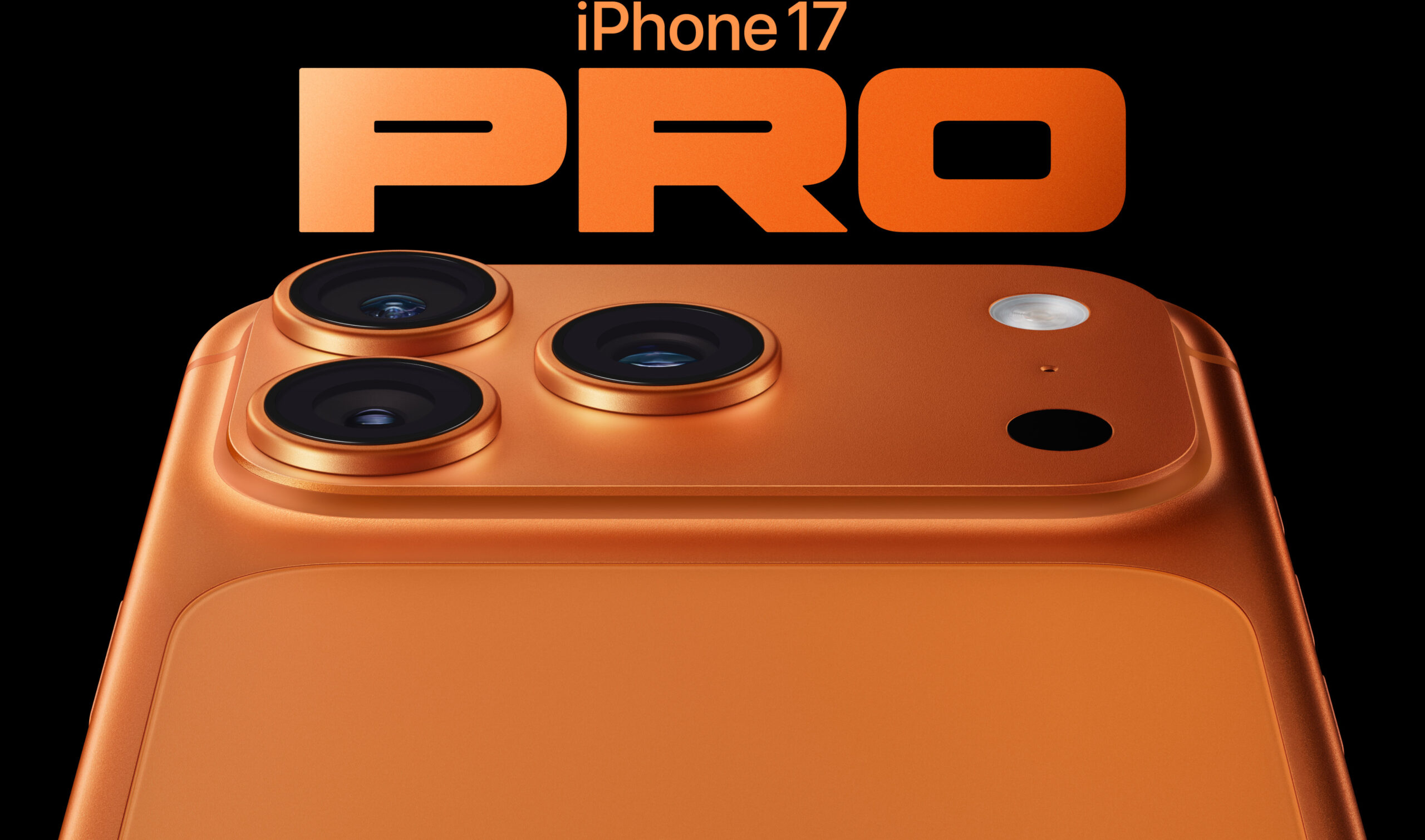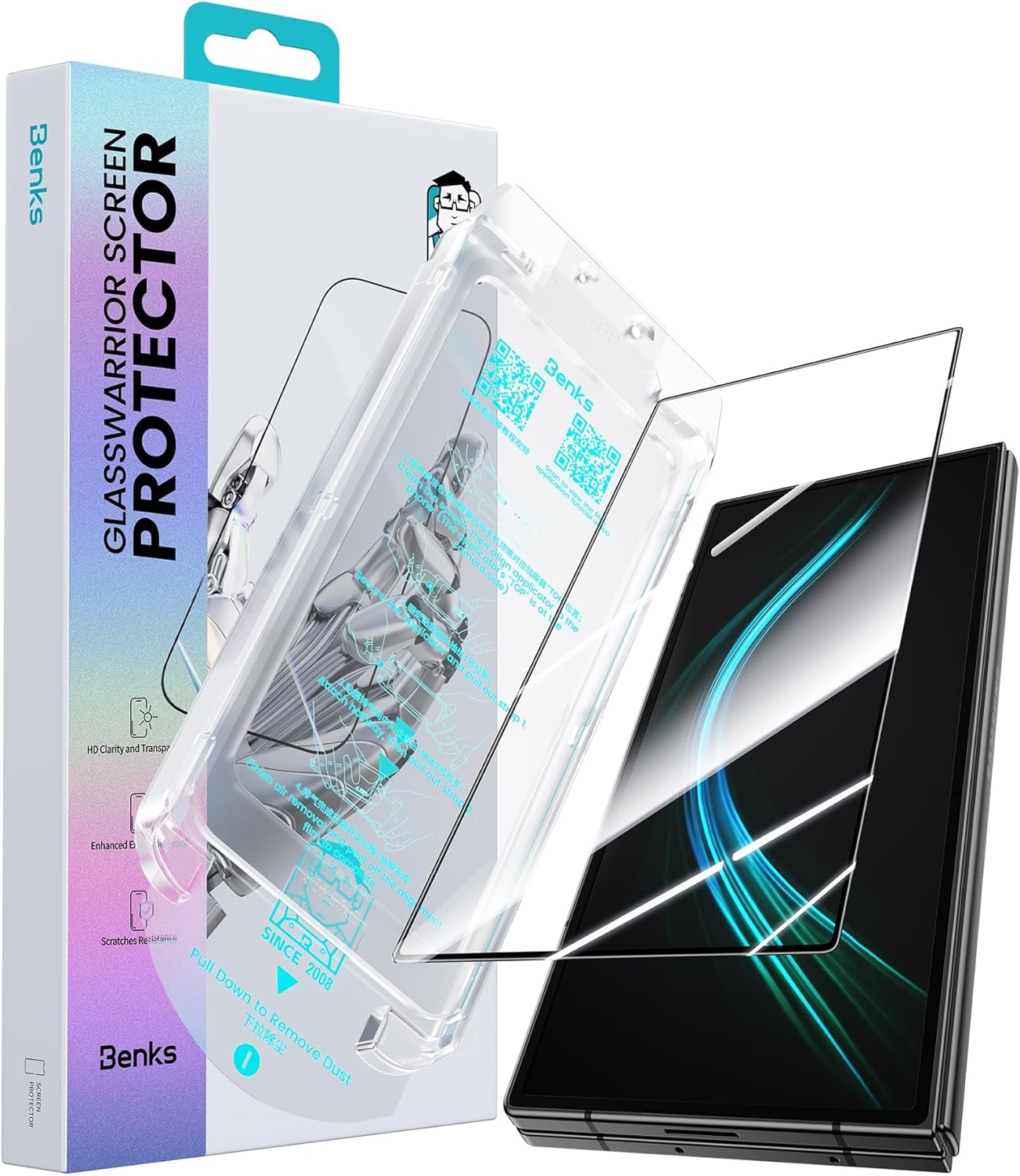At one point in the distant past (back when mammoths roamed the earth and SnapChat was just a glimmer in the eyes of teens everywhere), smartphones were not nearly as commonplace. Nowadays, most people have some sort of iPhone or Android. But the path to ubiquitousness is paved with good intentions…and failed experiments. Ever since smartphones gained popularity amongst the general public (ahem sometime around January 9th, 2007 at 10am), many companies have tried to bring new and (hopefully) innovative smartphone devices to the market. Many of them have failed. Hard. Even though a lot of these devices are very much a product of the moment, many of the next eight smartphones evoke the question, “What were they thinking?” Enjoy.
Motorola Atrix

In 2011, there was a big push for ultra portable laptops. Motorola wanted to jump on the train with a laptop for which the brains were provided by an android smartphone. That smartphone was the Motorola Atrix. The phone had the ability to be placed in a “Laptop dock” that had a screen, full size keyboard, and trackpad. The idea was that you could have a device that could be a phone or laptop anytime you wanted, without losing any of your settings or data. The reality is that people don’t want a laptop that’s run using an underpowered smartphone that wasn’t meant to be used with a keyboard and mouse. Despite a major marketing blitz, the Atrix and it’s laptop accessory quickly faded from the public eye.
Samsung Galaxy Beam

For a little while, a few companies truly believed that ultra portable projectors were going to be a huge hit. I guess nobody told them the practicality of such a device was essentially nil. How often are we in a dark place with a flat, unadorned surface where we want to project a mediocre image or video? Samsung, a company that is rather notorious for gimmicky devices, obviously thought the pico projector would be a great addition to their Galaxy family of Android phones. Adding projector meant the phone was significantly fatter than any other flagship phone at the time. The Galaxy Beam was such a flop that Samsung released a sequel.
Amazon Fire Phone

Experiencing success with their Kindle eBook readers and Fire tablets, Amazon tried their hands at a smartphone with the Fire Phone. Amazon probably had good intentions with the features they chose to include, but pretty much everything they tried to differentiate themselves with failed. Despite being an Android phone, Amazon limited users to their own Amazon App Store and a rather hideously skinned interface. And it had no less than five front facing cameras that Amazon implemented to enable features like dynamic perspective and parallax effects. They also tried a unique way to navigate the system using flicks and tilt scrolling that ended up being way more annoying and unusable than helpful. Soon after its release, Amazon dropped the price from $200 on contract to a mere 99¢ in an attempt to dump their inventory.
Motorola Flipout

Motorola’s smartphones likely have the best track record for phones with slide out keyboards. But very few smartphones with a square form factor have done well, so I’m not quite sure what Moto was thinking when they released the Flipout. The phone was aimed directly at the text-obsessed teen and had a full qwerty keyboard and even a navigation pad to move the cursor in a block of text. But that’s pretty much where the benefits end. The phone (and screen) was essentially square when folded and very thick, which makes for a very awkward experience to use. The screen itself was low resolution, and the software was already outdated by the time the Flipout was released.
Kyocera Echo

While dual displays might be great for a desktop, a modern smartphone with two displays is…less than ideal. No word on whether the engineers were playing with their Nintendo DS’ when the idea struck them. The Sprint-exclusive device (points already knocked off for that) had two 480 x 800 resolution displays and used the Android operating system. The idea was that you could have two apps open at once for multitasking, or use apps that utilized the second screen in useful ways. The reality was that multitasking was slow and painful, and apps had to be specifically designed for the two-screen device (and Kyocera was extremely slow in letting developers do that). Not to mention that twice the screens means more than twice the thickness.
LG DoublePlay

The LG DoublePlay is a rather Frankenstein-esque device that had a smaller screen built into the slide out keyboard. You can already see the problems this posed: a cramped second screen flanked by a cramped keyboard and limited usability. Despite the two screens, you could not use the second one to multitask: LG limited the second screen to only a few uses, like texting or a calendar app. The phone didn’t exactly fly off the shelves.
Asus Garminphone

As one in a line of many companies that wanted to get into the smartphone market, Garmin teamed up with Asus to create the Garminphone. The idea was to merge the best of both worlds in smartphones and dedicated GPS devices to make the most roadworthy smartphone to date. While the phone had built-in Garmin mapping and a nice design, the small, lackluster display left something to be desired, and users were stuck with a proprietary user interface and mediocre battery life.
HTC Evo 3D

When Hollywood (again) got the 3D itch, a lot of tech companies followed suit and released products that could shoot or display 3D video. While cell phone video quality has been making big improvements, it’s never been, shall we say, cinematic-level quality. But that didn’t stop HTC from jumping into the latest trend with the Evo 3D. The phone had a glasses-free 3D screen and stereoscopic rear cameras. While the Evo series of phones had been solid, stylish devices, the Evo 3D floundered with the gimmicky features and lack of support or content.



You must be logged in to post a comment.